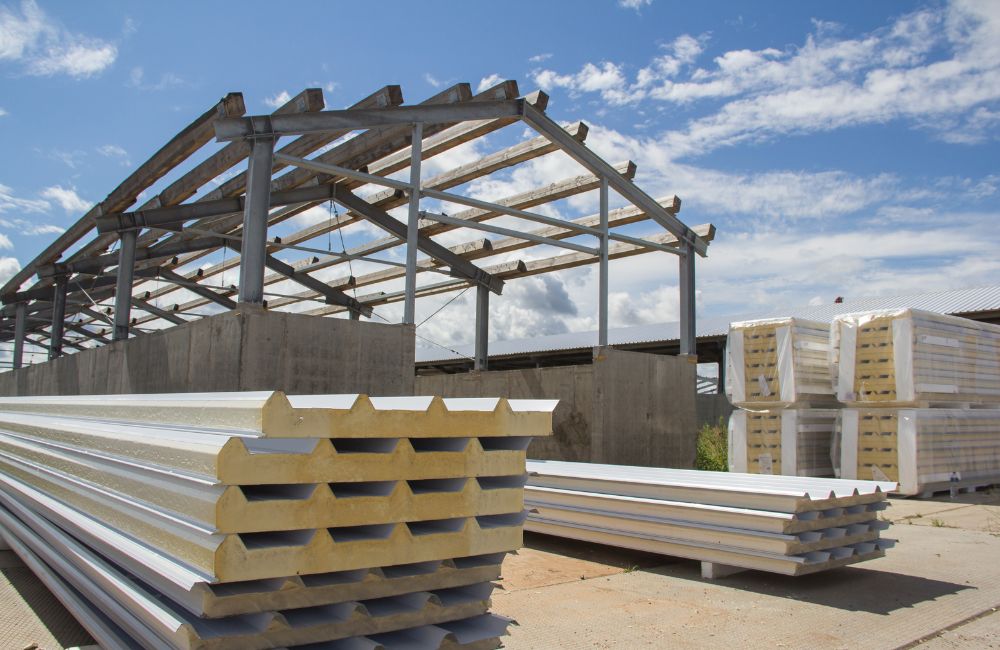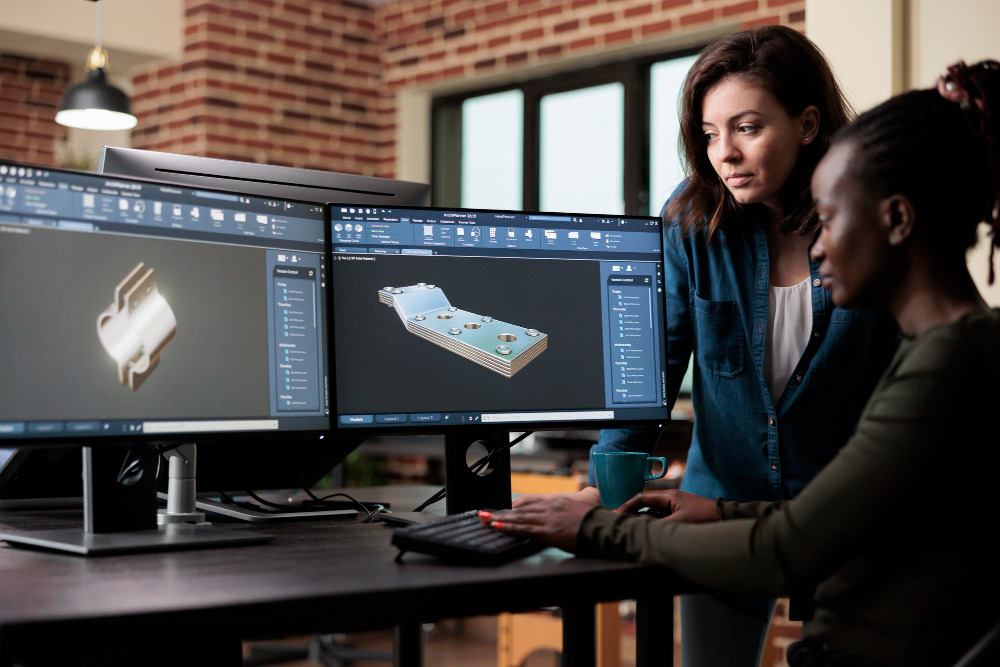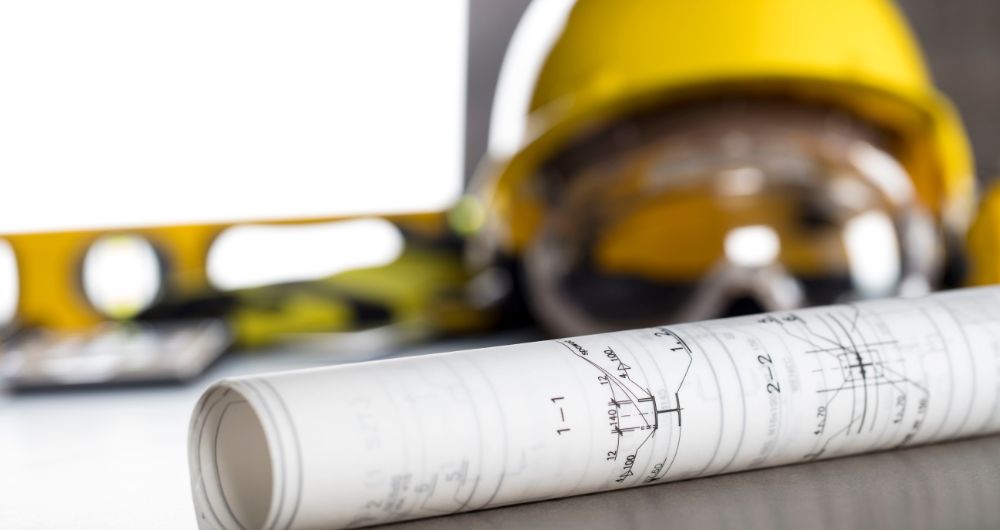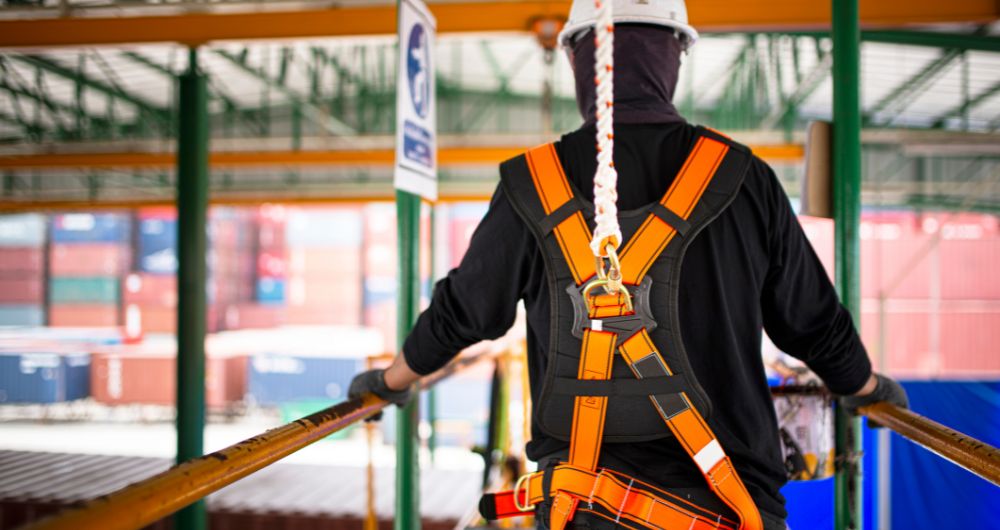Advancements in construction and technology continue to change the industry, introducing various opportunities for cost-effectiveness and quality work. Here are ten emerging construction and technology trends setting the stage for a new era in building and design.
1. Prefabrication
According to reports, the Modular Construction Market is projected to grow from USD 91.0 billion in 2022 to USD 120.4 billion by 2027, with a compound annual growth rate (CAGR) of 5.7%. That means buildings constructed through offsite, prefabricated modular units are stacking increasingly taller.
Prefabrication has long been a part of construction, but with the latest technological advancements, its benefits have become more accessible and impactful. Mobile technologies now allow stakeholders comprehensive visibility into the manufacturing process, which enables transparency and efficiency from start to finish.
2. 3D Printing
 Increasingly embraced by architects and commercial builders, 3D printing technology has revolutionized construction practices. Overcoming initial hurdles such as regulatory requirements and permitting processes, 3D printing is reshaping the future of commercial construction. The global 3D printing market is expected to grow to $34.5 billion by 2028. This growth offers endless opportunities for creativity and efficiency and presents a promising affordable housing solution in impoverished regions.
Increasingly embraced by architects and commercial builders, 3D printing technology has revolutionized construction practices. Overcoming initial hurdles such as regulatory requirements and permitting processes, 3D printing is reshaping the future of commercial construction. The global 3D printing market is expected to grow to $34.5 billion by 2028. This growth offers endless opportunities for creativity and efficiency and presents a promising affordable housing solution in impoverished regions.
3. Green & Innovative Materials
Since the 1960s, repurposing recyclables has evolved into a comprehensive approach incorporating innovative materials into construction processes. These materials, ranging from asphalt mixtures to concrete, are now designed to enhance efficiency and construction sustainability. Using renewable energy sources like solar and wind power further shows how technology is driving the construction industry towards a more sustainable future.
4. Wearables & Mobility
Mobile and cloud-based systems allow real-time connections between the back office and field workers, streamlining project management and data analysis. Wearable technology, in particular, has revolutionized worker interactions. This blend of construction and technology enhances operational efficiency and promotes a safer work environment.
5. Augmented Reality
The AR and VR market generates about $32.1 billion annually and is expected to grow at a CAGR of 10.77% by 2028. As a massive market, AR transforms construction and technology by simplifying and making complex tasks safer. By overlaying digital information onto the physical world, AR allows workers to visualize components and structures before they are built. It also helps identify potential problems and understand tasks with clarity.
6. Virtual Reality
 Virtual reality (VR) provides an immersive environment for project visualization and planning. This technology enables stakeholders to walk through a digital copy of a project, allowing them to make adjustments and identify issues before breaking ground. This is a low-risk platform for enhancing project planning, boosting creativity, and ultimately saving time and resources.
Virtual reality (VR) provides an immersive environment for project visualization and planning. This technology enables stakeholders to walk through a digital copy of a project, allowing them to make adjustments and identify issues before breaking ground. This is a low-risk platform for enhancing project planning, boosting creativity, and ultimately saving time and resources.
7. Robotics
The robotics industry is predicted to grow at a CAGR of more than 28% during 2020 – 2030 and has a large potential in construction. This technology automates repetitive and dangerous tasks, enhancing worker safety and operational efficiency. Robots are being deployed for tasks such as bricklaying, welding, and demolition, which can benefit from automation while freeing human workers up for more complex problem-solving activities. This complements human labor in construction, ensuring projects are completed faster and with a greater emphasis on safety.
8. Cloud-Based Collaboration Tools
Cloud-based collaboration tools change how construction projects are managed, enabling seamless communication and data sharing among teams. These digital platforms eliminate the inefficiencies of paper-based reporting, ensuring that information is accurate, up-to-date, and accessible from anywhere. Moreover, it leads to more streamlined, efficient, and flexible project management processes.
9. Predictive Analytics
Predictive analytics utilizes historical data with statistical modeling, data mining methods, and machine learning to forecast future outcomes.By analyzing patterns and trends from vast amounts of data, construction firms can make informed decisions that lead to better outcomes. This offers a powerful tool for risk management, highlighting the industry's move towards more data-driven decision-making.
10. Business Intelligence
 Business intelligence (BI) tools are transforming construction companies' operations, turning data into actionable insights for better strategy and performance. From project planning to execution, BI can enhance every aspect of a construction project, offering clarity and control over complex processes. This trend shows how technology impacts construction, where data governance, analysis, and reporting are key to achieving greater efficiency and success.
Business intelligence (BI) tools are transforming construction companies' operations, turning data into actionable insights for better strategy and performance. From project planning to execution, BI can enhance every aspect of a construction project, offering clarity and control over complex processes. This trend shows how technology impacts construction, where data governance, analysis, and reporting are key to achieving greater efficiency and success.
Frequently Asked Questions (FAQs)
How is artificial intelligence shaping construction and technology?
Artificial Intelligence (AI) transforms construction and technology by making projects smarter and more efficient. By monitoring worksite activities, AI algorithms can predict project outcomes, automate design processes, and enhance safety. This leads to more accurate planning, reduced waste, and a safer environment for workers, showcasing AI's role in pushing the boundaries of what's possible in construction.
What role does the Internet of Things (IoT) play in construction and technology?
The Internet of Things (IoT) is crucial in advancing construction and technology by connecting devices and machinery on the construction site. This connectivity allows for real-time data collection and analysis, improving project monitoring, asset management, and maintenance. By enabling precise tracking of materials and machinery, IoT helps reduce downtime and increases efficiency, marking a significant step towards smarter, more connected construction sites.
How are drones being used in construction and technology?
Drones are becoming indispensable in construction and technology, offering a bird's-eye view of projects to enhance planning and monitoring. They can quickly survey large areas, collect data, and provide high-resolution images for site inspection, progress tracking, and identifying potential issues before they become problems. Drones also contribute to safety by accessing hard-to-reach places, reducing the need for human workers to perform risky tasks.
Shape Your Future with Claris Design•Build
As construction and technology intersect to create smarter, safer, and more efficient projects, choosing the right partner is crucial for your commercial construction needs. Claris Design•Build stands at the forefront of integrating these innovative trends into real-world applications, transforming ideas into tangible successes. Let Claris Design•Build be your guide in navigating the complex landscape of modern construction. Contact us today, and let's start building a smarter tomorrow together.









